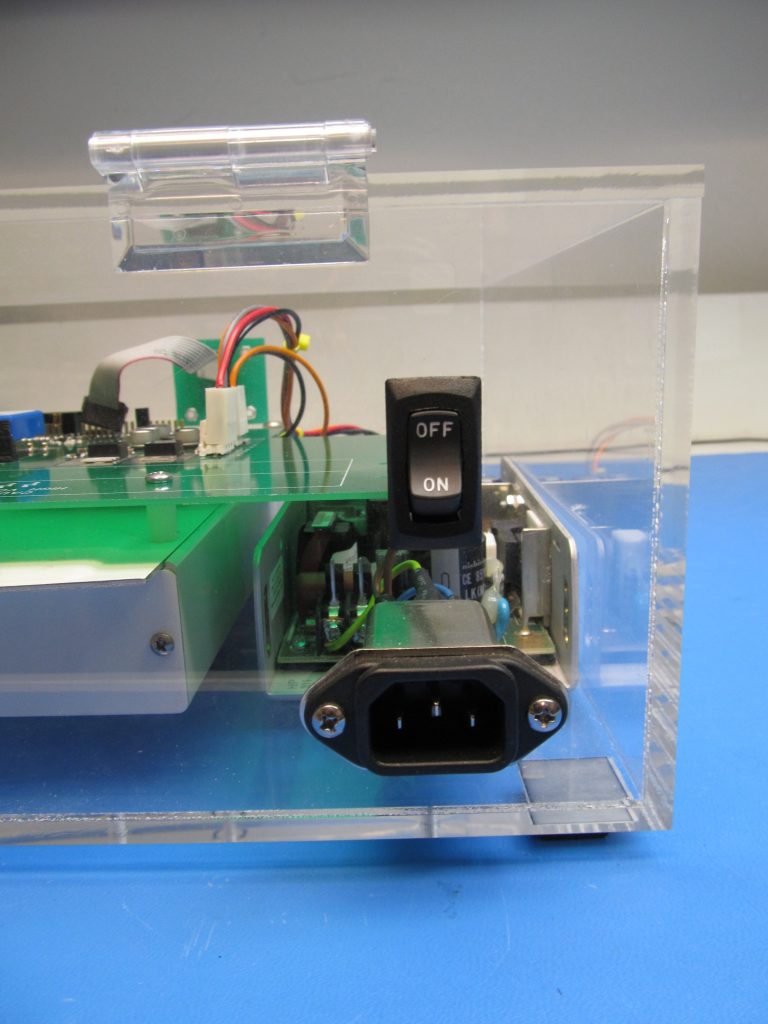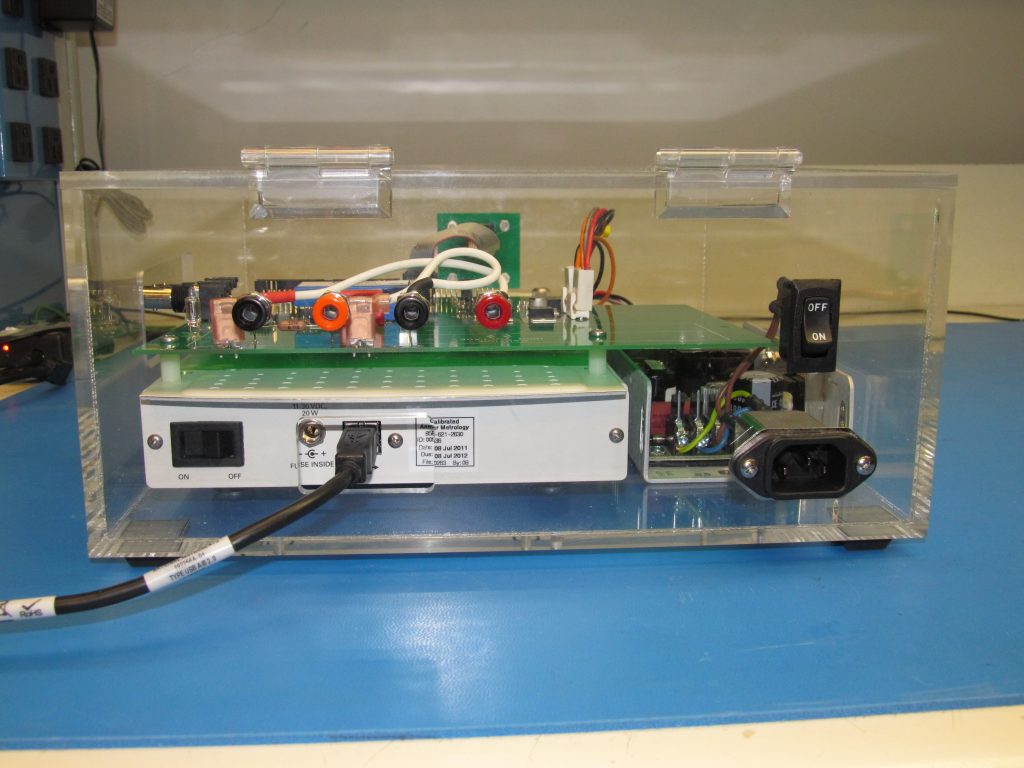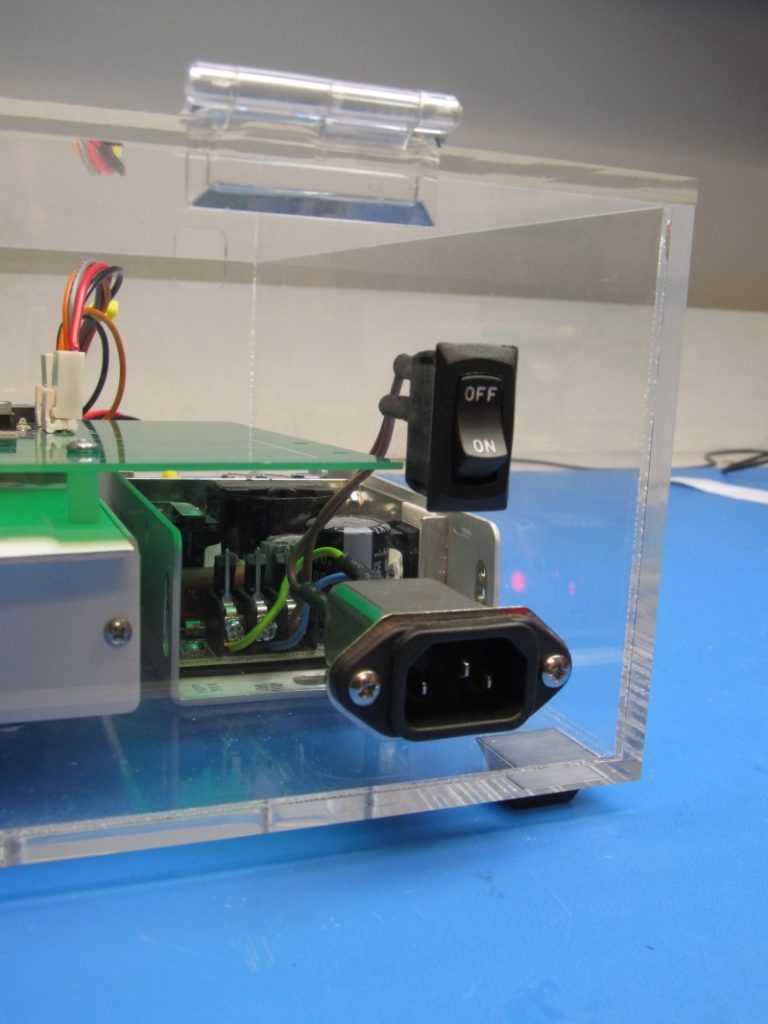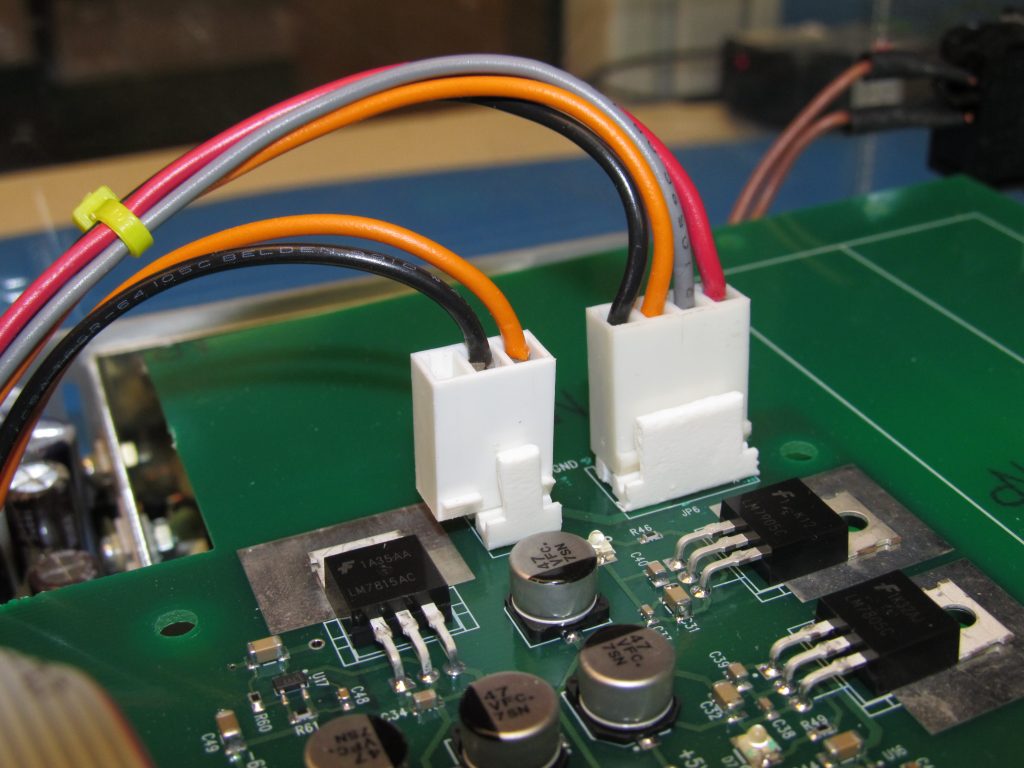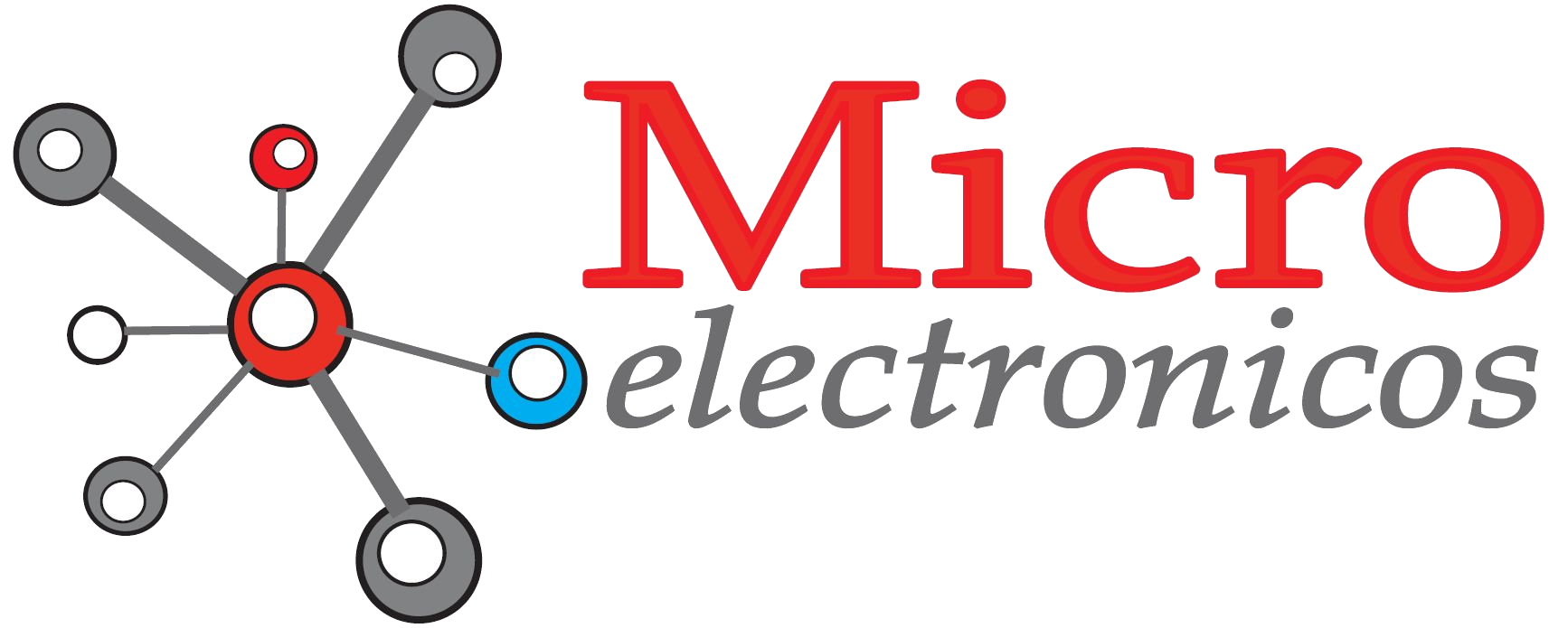Case Study 1
Case No 1. Automated Testing for a navigation cockpit Keyboard
The primary goal of any manufacturing process is to produce high-quality goods that execute on the
functions they are designed to perform. Producing quality products creates value and establishes a
brand name that consumers feel they can trust.
In manufacturing, some failures – product errors or defects – are inevitable; others are not. The first
of the two kinds of failures is an infrequent, random failure that we may not be able to predict or
prevent. The second kind of failure may affect an entire batch of products. Through testing and
statistical analysis, not only can we diagnose the cause of this problem, but also we can predict the
problem and prevent it from happening.
Producing low-quality products is expensive for the following reasons:
· The amount of materials wasted on products that fail functional or quality tests
· The amount of time spent repairing defects (trouble shootings)
· The amount of money wasted if a bad product is shipped and must be recalled
Just as you would not buy a cell phone from the same company that sold you a faulty one, when a
company produces low-quality products, people begin to mistrust that brand name and are unlikely
to buy from that company again. Testing is necessary to ensure quality and to safeguard DPI brand
name.
Mistakes are inevitable on a manufacturing line. The cost of those mistakes depends on when we
find them during the manufacturing process. If we catch a mistake early enough, it could cost only
pennies. But if the mistake makes its way through the entire manufacturing process undetected – and
especially if it goes out the door – costs could skyrocket into thousands!
Case No 2. Automated Testing for an Automatic External Defibrillator.
